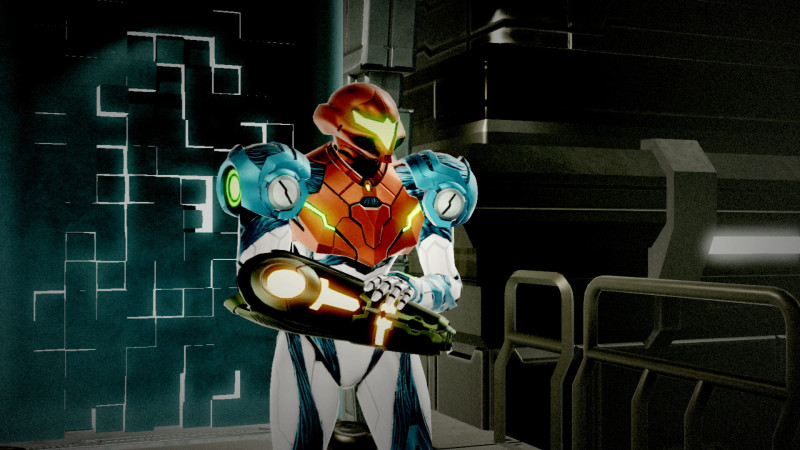
October 8, 2021
This last week we saw several announcements and reveals, but perhaps the biggest surprise was the unveiling of a new 2D Metroid game on the E3 2021 Nintendo Direct stream. Metroid Dread picks up following the events of Metroid Fusion, which launched on Game Boy Advance in 2002. While we’ve received remakes like Samus Returns on 3DS, a full trilogy of first-person shooters, and a third-person 3D action game since Fusion’s release, the newly announced Metroid Dread is the first all-new 2D game in nearly two decades.
Dread is being developed by MercurySteam, the studio behind Samus Returns, and is under the watchful eye of Nintendo’s Yoshio Sakamoto. Sakamoto, who serves as producer for Metroid Dread, has a long history with Samus Aran’s series. In addition to serving as a designer on the original Metroid, Sakamoto was the director of the beloved Super Metroid, Metroid Fusion, and Metroid: Zero Mission. While Sakamoto’s role is as a producer on Samus Returns and Metroid Dread, he says his input has gone beyond that of a typical producer.
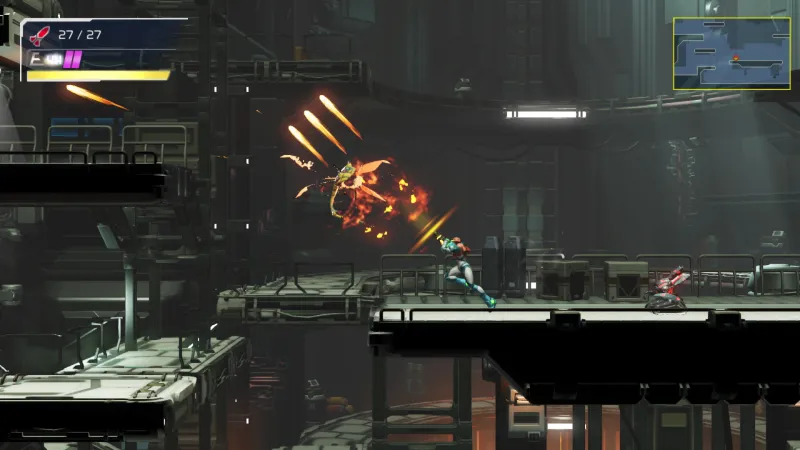
“My role on Metroid Dread was similar to or the same as it was on Samus Returns, where [Nintendo of Japan] and MercurySteam worked together to be one team,” Sakamoto says. “They are different companies, of course, but we had one mind. Also the same as Samus Returns, I was always in communication with MercurySteam from a day-to-day basis, looking at the good and bad, what they were producing for designs. I guess I was called the producer, but I was more involved on the creative side of things as well.”
Sakamoto’s history with the series, as well as MercurySteam’s respect for the classic franchise, is evident throughout the demo I saw. Taking place after the events of Metroid Fusion, Samus makes her way deep beneath the surface of a mysterious planet to investigate a transmission sent to the Galactic Federation. However, once she arrives she discovers that the planet has been completely overrun by hostile alien life. However, the robotic threats, known as EMMI, might be even more horrific. These bots patrol certain rooms and hunt down any intruders. While Samus may be a formidable warrior, her power armor’s weaponry is no match for these creatures, so her only option is to avoid them or make a break for it if they discover her.
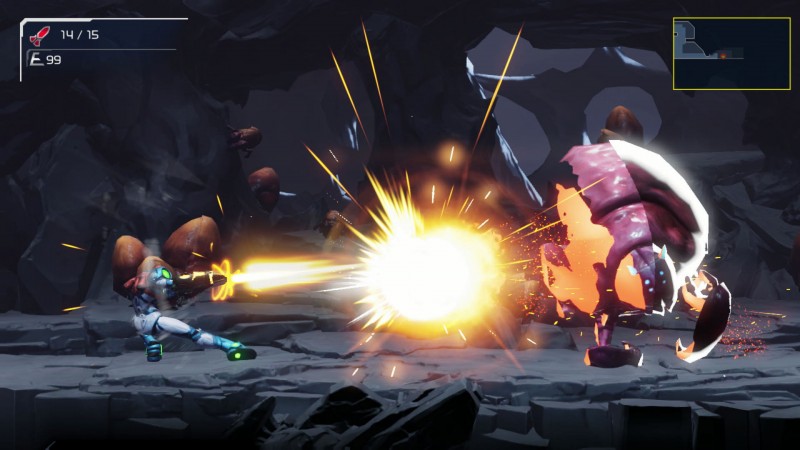
Samus is more nimble than ever before, and she’ll need to use her full moveset to survive the encounters with EMMI robots. In addition to moving quicker than in any previous Metroid game, Dread maintains many of the moves from Samus Returns. The Free-Aim mechanic from Samus’ recent 3DS outing is back, as is her ability to melee counter incoming attackers to devastating effect if the player times it right. Unfortunately, her missiles and arm cannon are no match for the thick armor of the EMMI, and if they catch her, she has a very narrow window to counter the killing blow and escape; if the player misses the chance to wiggle out of the EMMI’s clutches, it will deliver an instant kill. Samus’ only chance to stand toe-to-toe with an EMMI (that we know of so far) is the grab the temporary Omega Cannon power-up that can blast through their thick armor.
If you played Metroid Fusion, this gameplay convention likely sounds familiar, as one of the main antagonists was SA-X, a powerful parasite that mimics Samus’ abilities. Since SA-X is more powerful than Samus, the bounty hunter had no choice but to run or hide from it. The EMMI encounters are undeniably tense and add a looming, nearly invulnerable threat that constantly pursues you, similar to how horror games add extra layers of anxiety to their situations. Despite this convention being borrowed from that genre, Sakamoto doesn’t consider Metroid Dread a horror game. “It’s really about Samus encountering fear, but she actually stands against that fear and fights it and beats it,” he says. “That part of it is important. As far as where the inspiration came for my wanting to take the game in this direction, it comes from the tension surrounding the SA-X gameplay from Metroid Fusion, and how we wanted to take that style of gameplay and put it into what is considered to be the normal Metroid gameplay to make for an exciting experience.”
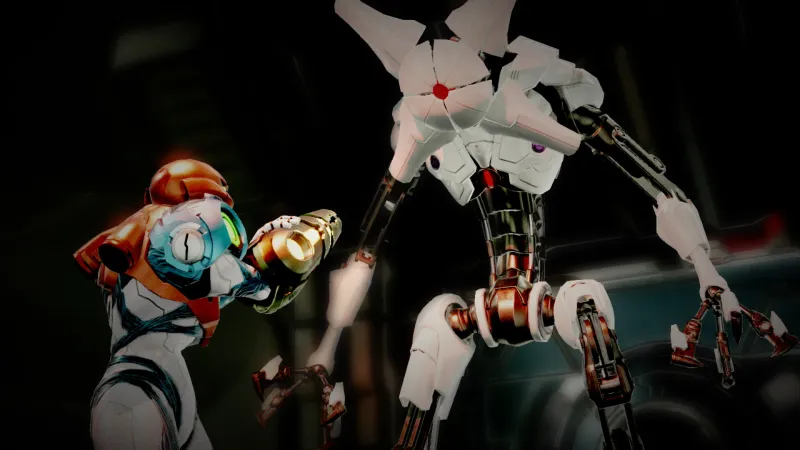
In stark contrast to other Metroid games, where Samus begins on the surface and drills into the depths of the planet, in Metroid Dread you start underground and work your way towards your ship. As you make your way through ZDR, you can expect all the trappings of a typical Metroid game, including unlockable weapons and abilities that allow you to explore new areas of an ever-expanding map. However, you often must solve exploration-based puzzles in order to obtain these powers. I see this play out in the demo as the player comes to a couple of rooms where heat radiates through the door; it’s too hot to go inside, so Samus blasts through several enemies and drops down an alternate route featuring timed flame traps.
Samus reaches a terminal, where she can communicate with Adam, the A.I. of her ship. This section uses text to expound on the lore of the planet, as well as the situation Samus is in, but my demo intentionally skips through this section to avoid spoiling story details. As players experience Metroid Dread, they’ll encounter plenty of text, but that’s not the only way the story reveals itself. “With Samus Returns, we made use of cutscenes as well; there were 3D cutscenes and 2D scenes as well that transitioned very seamlessly between the two,” Sakamoto says. ” That helped us with showing expressiveness in the game. We found those very effective in Samus Returns. In a similar way in Metroid Dread, we use those to maintain a sense of tension and also expressiveness. Also, the story is very important in this game, so these cutscenes will be used to express the story as well.”
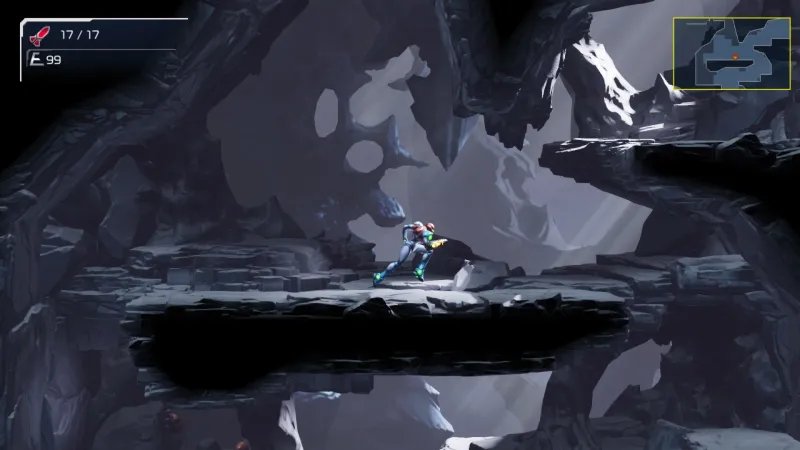
Samus eventually arrives at a device she can interact with to redirect fuel and change which doors are accessible; now she can double back and pass through those hot doors from earlier. However, the fuel redirection has blocked her path, so she has to find an alternate route back. Samus can blast through weak walls, but unluckily for her, the way back involves stepping through a pixelated door, indicating that she’s entering an EMMI-patrolled zone.
As mentioned before, Samus doesn’t have much of an answer for these stalking robots, but her Phantom Cloak ability, which turns her invisible for a short period, is extremely useful. Players shouldn’t rely on it too much, though, as once Samus use up her Phantom Cloak’s energy, staying invisible eats away at her health. EMMIs track you based on sight and sound, but you have some tools at your disposal as well: A red dot on the map shows where EMMIs are, and their haunting chirps and beeps broadcast when they are near. The EMMI zones are tense affairs; the relentless robots stalk Samus with scary effectiveness, and losing them looks to be no easy task. As nimble as Samus is in Metroid Dread, the EMMI bots appear to be just as capable and intelligent.
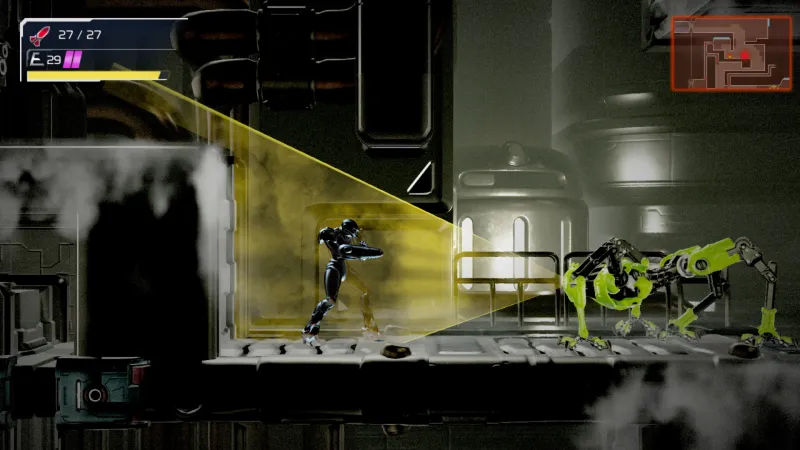
Samus finds the exit to the next area and is finally free from the oppressive automaton. She accesses another fuel redirect, opening new doors in a previous area. Unfortunately, to get back there, she needs to once again go through the EMMI zone. This time, the EMMI gives a more spirited chase, even crawling through what looks like a vent that runs beneath Samus’ feet. The robot snatches Samus and goes in for the kill, but luckily the Nintendo Treehouse demoist times his counter perfectly and Samus is able to escape and continue running from the EMMI.
The EMMI has lost track of Samus, but continues hunting her throughout the area. As with most stealth games, you have to make difficult calls about routes to take and when to make a mad dash for a clear path at the cost of making extra noise. After an intense chase, Samus finally exits the EMMI zone and the demo comes to an end.
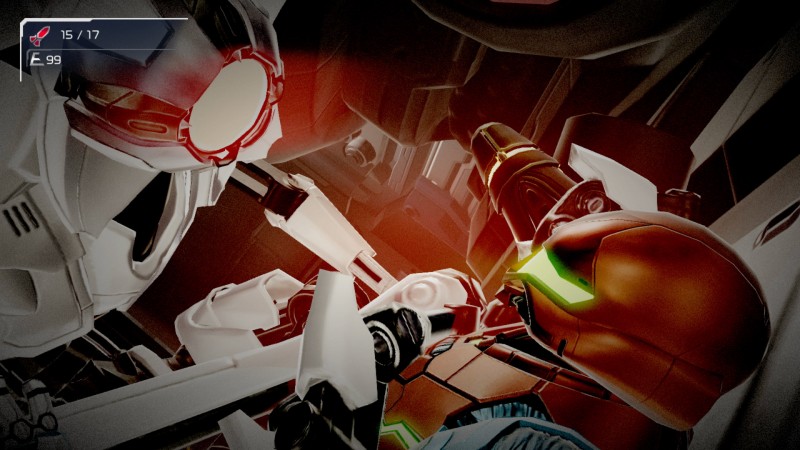
With Metroid Dread, the five-part arc that began with the original Metroid game in 1987 and continued through Metroid II: Return of Samus, Super Metroid, and Metroid Fusion, will come to an end. However, that doesn’t necessarily spell bad news for the franchise. In fact, it sounds like the next idea may already be coming down the pipeline. “The Metroid story until this point has dealt with Samus’ strange fate that’s been intertwined around this strange being called the Metroid, and until now that has been the focus of the series,” Sakamoto says. “What this game represents is a bit of a pause, or kind of a new start to something else. Nobody wants the Metroid series to end, and we know that. We ourselves don’t want that either, but we just want people to know that there is some kind of new episode that is waiting in the works. We want you to look forward to what we do with that next, but there are no specifics now.”
After spending this extra time with Metroid Dread, I’m even more confident this 2D revival is what fans of the series have been clamoring for over the last couple of decades. The exploration, the combat, and the ever-encroaching sense of, well, dread all look to add up to be a stellar continuation of Samus’ galactic journey through the years.
Metroid Dread launches for Switch on October 8. To learn why the game took so long to make, head here.
Source: Game Informer Metroid Dread Preview – A Fusion Follow-Up Two Decades Later

